“Science cannot solve the ultimate mystery of nature. And that is because, in the last analysis, we ourselves are a part of the mystery that we are trying to solve.” –Max Planck, physicist
Mystery: anything that is kept secret or remains unexplained or unknown. I’m not sure which is more mysterious—Nature or human nature. I guess it’s because they are one in the same. I drive Chris nuts sometimes with my wonderings: I wonder why they decided to put that there? Why did you cut the vegetables that way? Why in the world would people throw their trash out the window? I wonder what happened to that tree? Why do people have to be so mean? I’m not making a judgment on his vegetable cutting—I just want to know the reasoning behind it, if there is one. I’m curious, and I would like to understand the things I see and try to make sense of them.
My mystery thinking began this week after Chris put burlap around the Arborvitae. It is no mystery that deer love Arborvitae and will devour a good-looking tree into a malformed eyesore in one short winter. And thus, our very own mysterious Stonehenge, or Burlaphenge, rather.
I was also wondering why the leaves haven’t fallen off the Ninebarks, Lilacs, and Apple trees yet. They are the later ones to drop their leaves, but after snows and hard freezes, they should be down. But maybe that’s the exact reason they aren’t down—that it all came too early.
It is no mystery that November is grey and brown and kind of bleak looking. The summer vibrancy of Hosta leaves fold and dissolve into nothing, like the water-doused wicked witch of the west (now that’s a mystery!).
But all is not bleak on the November front with the interesting seedheads of Goldenrod, Hydrangea, and Purple Coneflowers.
I was wondering, of all the logs we have used as ‘steps’ in our hilly woods, why the pileated woodpeckers have suddenly attacked this one.
There is one mystery that I never question—I just take it in with gratitude—the amazing sunsets!
How do we problem solve and make our world a better place? First we have to be aware—we need to notice things, see things that are not working or are working beautifully, and get curious about it. We also have to step outside ourselves, put our biases and prejudices aside, and look at the situation with new eyes. We have to be our own third party. (What a difficult thing to do, I know.) Then we need to gather information and communicate—who are the experts and what do they say about this, what’s the data about this subject over time and many sources, where does this truly have an effect, when does a certain thing happen or in what situation, and then, the question of the mysterious why. Does that sound too scientific or experimental? Or like too much work? My hypothesis is that we all do it all the time but leave out some of the important steps. We make the results and conclusions fit the way we already think, slap our hands together, and exclaim, “Done. Well done.” But what is the impact to ourselves and others if our conclusion is a lie or has only a thin line of convenient truth in it? Are we willing to engage in dialogue about our conclusions? A mystery is anything that is kept a secret or remains unexplained or unknown. There are many things in life that should not remain a mystery—secrets that serve one and hurt others should be brought forth into the light of inquiry, examination, and illumination; unexplained conclusions that tout magnanimity but in essence do much harm should withstand a thorough and vigorous cross examination and accountability; and unknown things that we do not want to know should courageously be brought forth through the fences of resistance so we can stare them in the face, feel the full force and cost of their hidden, yet flawed power, and find relief and peace in finally knowing our truth. So get curious, gather information, communicate, examine, be courageous, and for those things that are truly a mystery—like sunsets and the pure wonder of Nature (and probably even cutting vegetables)—have gratitude!
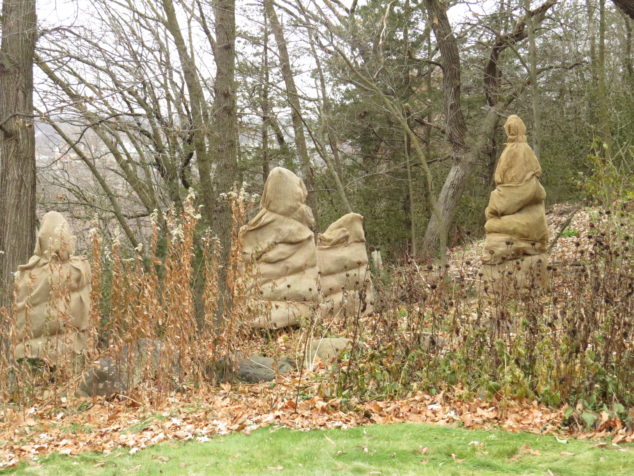
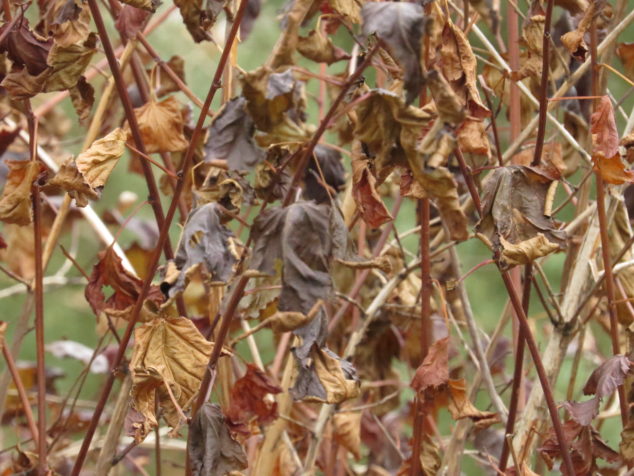
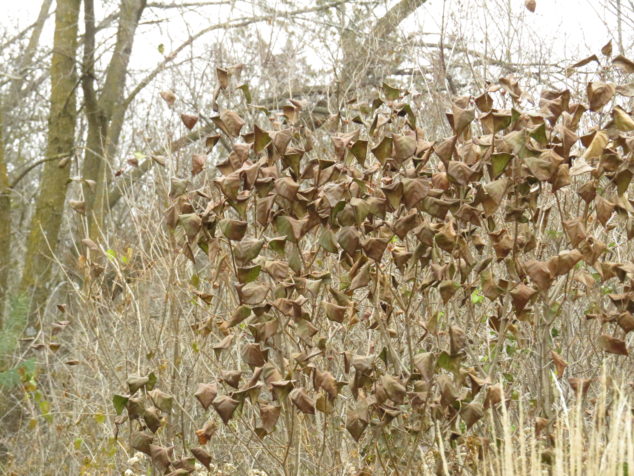
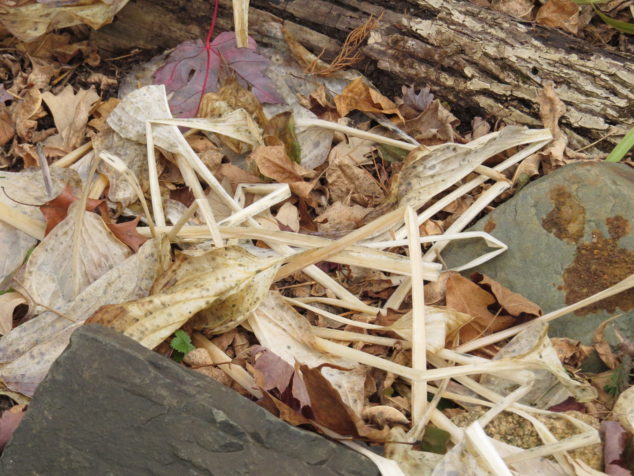
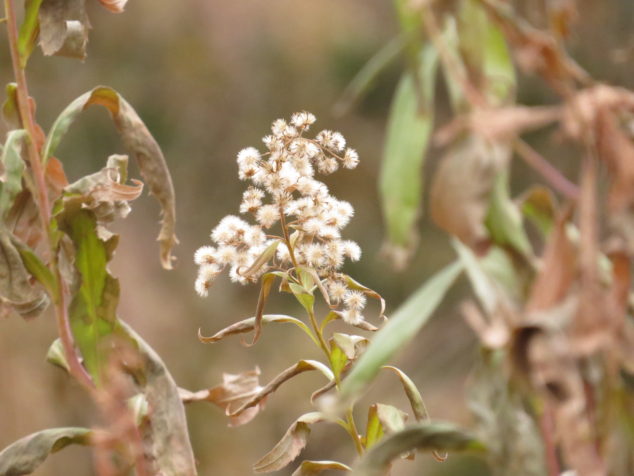
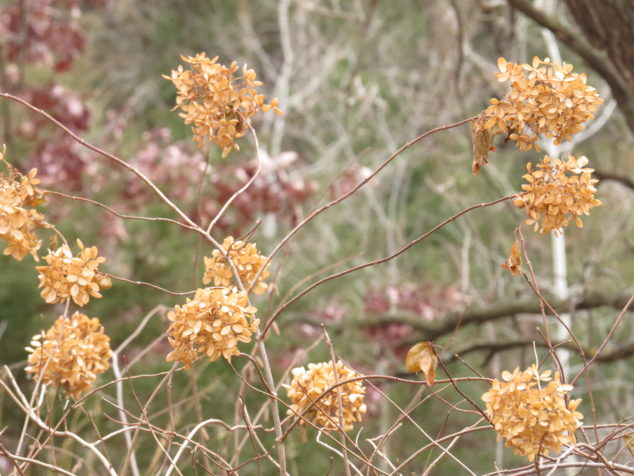
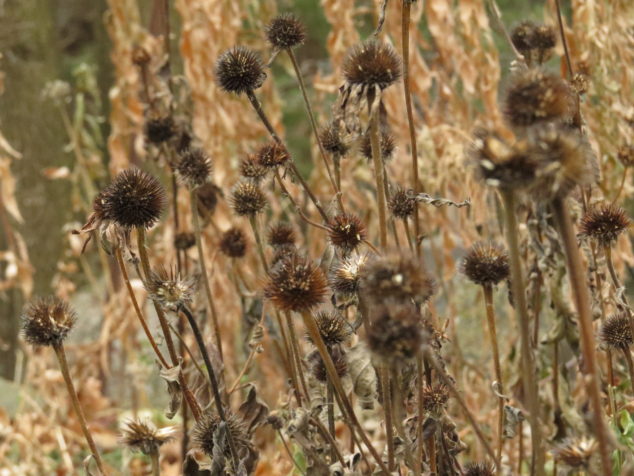
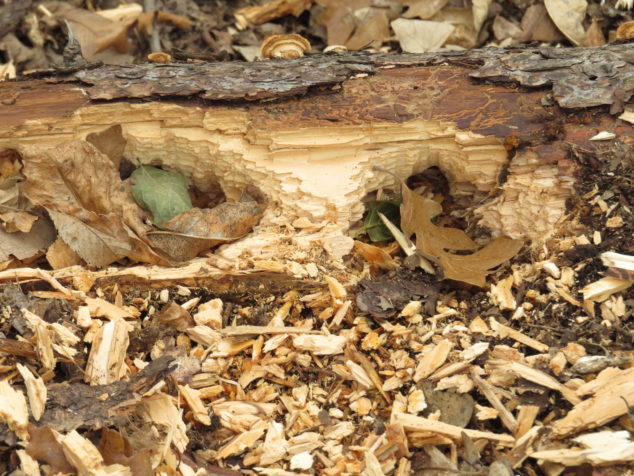
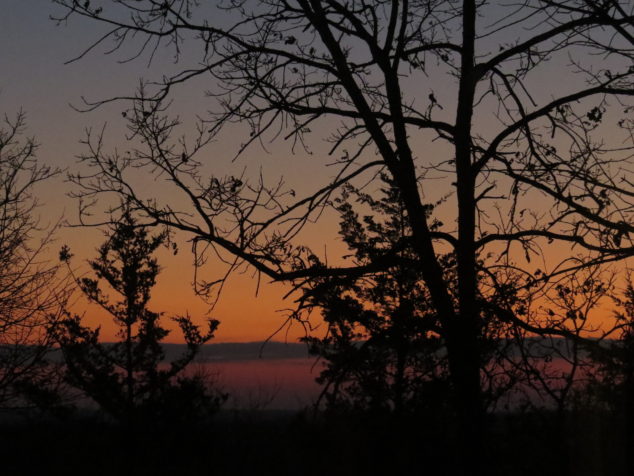
Leave a Reply